Understanding Palm Oil - Part 1: What is Palm Oil Used For?
As the world becomes more conscientious of the environmental impacts of their purchases, people are faced with the conundrum of palm oil. Palm oil is the most widely used vegetable oil, and the destructive cultivation process is responsible for immense deforestation and driving orangutans to extinction. If palm oil has so many negative impacts, why is it still being used?
Palm oil is derived from the oil palm tree (Elaeis guineensis Jacq.), which is native to West Africa and grows best in tropical climates with abundant water. Palm oil plantations now occupy an area of 27 million hectares worldwide. Palm oil demand is expected to grow at an average growth rate of 1.7% per year until 2050. Approximately 85% of global palm oil supply comes from Indonesia and Malaysia, followed by Thailand, Colombia, and Nigeria. Because of the tropical climate, these countries are known to be biodiversity hotspots.
Palm oil is found in 50% of consumer products. Three-quarters of total palm oil produced is used for food, with the remaining balance used in cosmetics, cleaning products and biofuel. There are many unique characteristics of palm oil that make it such a versatile commodity.
Compared to other vegetable oils, palm oil does not need to be partially hydrogenated – a chemical process that adds hydrogen atoms to fat molecules resulting in unhealthy trans-fatty acids – to achieve its unique consistency and texture. Because using palm oil skips this extra food processing step, it not only is a healthier product from the consumer’s perspective, but also cheaper for businesses and manufacturers to use.
In food, palm oil creates a creamy, melt-in-your-mouth texture, that is essential for certain products like chocolate and butter. It also has a neutral taste which allows other flavors to shine, and it stands up very well to oxidation, thereby reducing or eliminating the use of preservatives. Palm oil’s unique chemistry can also survive the high temperatures involved in cooking.
For beauty purposes, palm oil derivatives make up many components of cosmetic science and are found in multiple ingredients, making it difficult to eliminate from product recipes. Cosmetic ingredients containing palm oil derivatives include lauryl betaine, cetearyl alcohol, glycol cetearate, palmitic acid, oleic acid, myristic acid, stearic acid, linoleic acid, carotenoids, phytosterols, lauric acid, capric and caprylic acids, and vitamin E. These derivatives serve as emollients (for softening and conditioning), emulsifiers (to restrict the separation of oil and water), and surfactants (for cleansing, foaming, and thickening) in a variety of beauty products.
Even fuel contains palm oil. Much of the diesel and gas used are mixed with biofuels derived from palm oil. With its abundance in food, personal care products, and transportation it is difficult to avoid palm oil in daily life.
